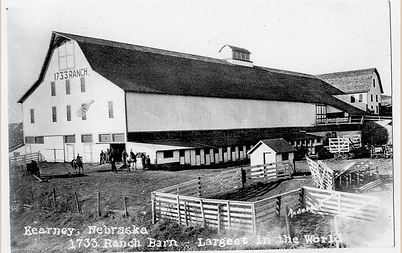top of page



In 2023, Kearney celebrates its sesquicentennial year (150th birthday)! On this page you will find the many happenings in Kearney during the Sesquicentennial year. Additionally, this page has many other historical features that not only highlight and honor Kearney’s founding and founders, but also our community’s history over the last 150 years and where we are heading for our future!



Kearney 150
Show & Tell
Trails and Rails Museum
July 13, 2023
3:00 PM - 4:00 PM
Official Birthday
Buffalo County Historical-
Trails & Rails
December 3, 2023
150 Years

GrandIsland

Broc

team

GrandIsland
1/18
Stuhr Museum staff members enjoyed some friendly competition with Buffalo County Historical Society/Trails & Rails Museum! As part of Kearney's Sesquicentennial celebrations, a special vintage baseball game was held at historic Memorial Field in Kearney with the two museums playing head-to-head and finishing the game in a tie. Thank you to Trails & Rails Museum along with Kearney Parks & Recreation for making the game happen!
%20(002).jpg)
bottom of page
